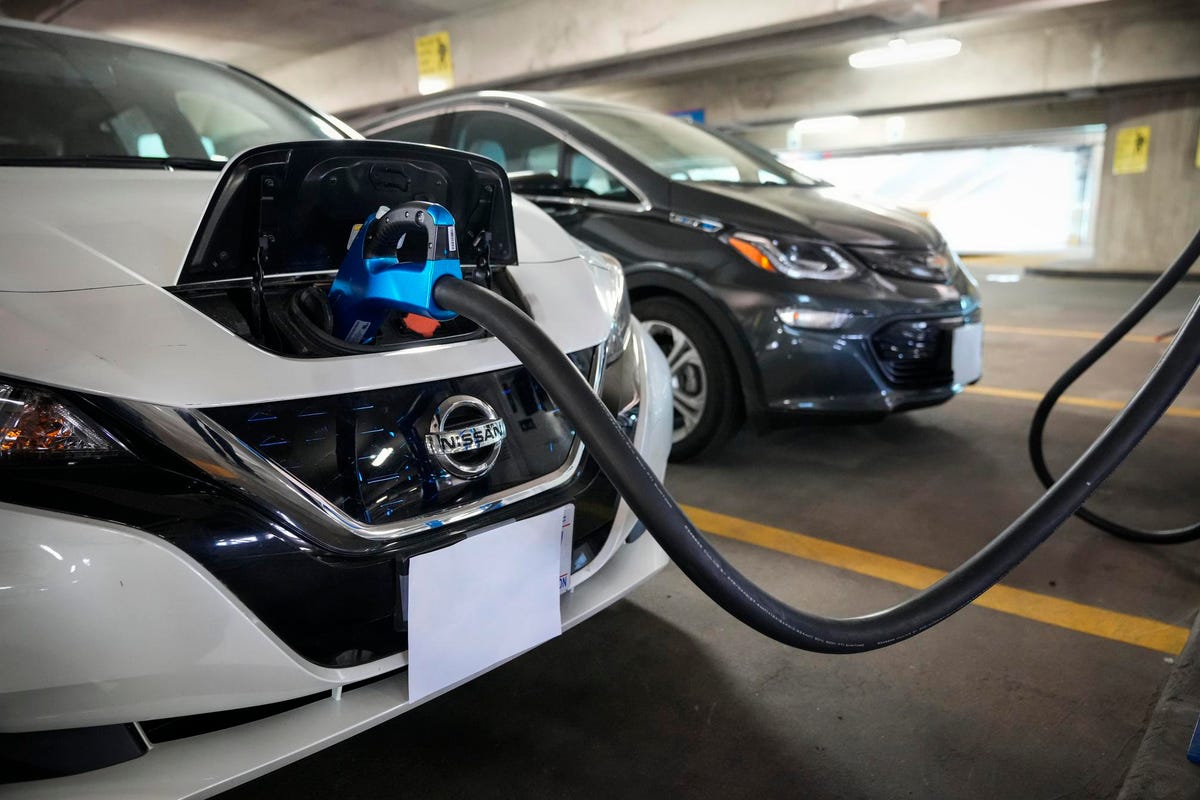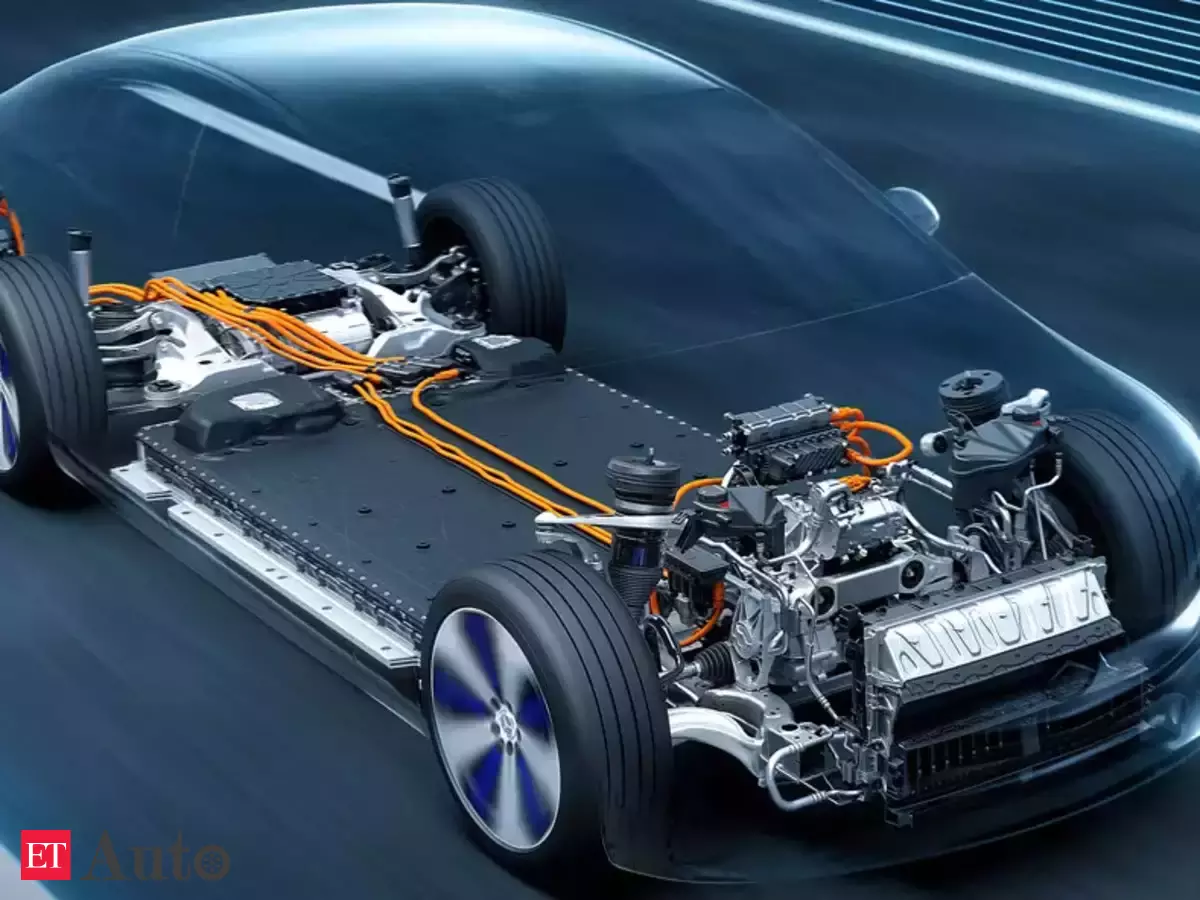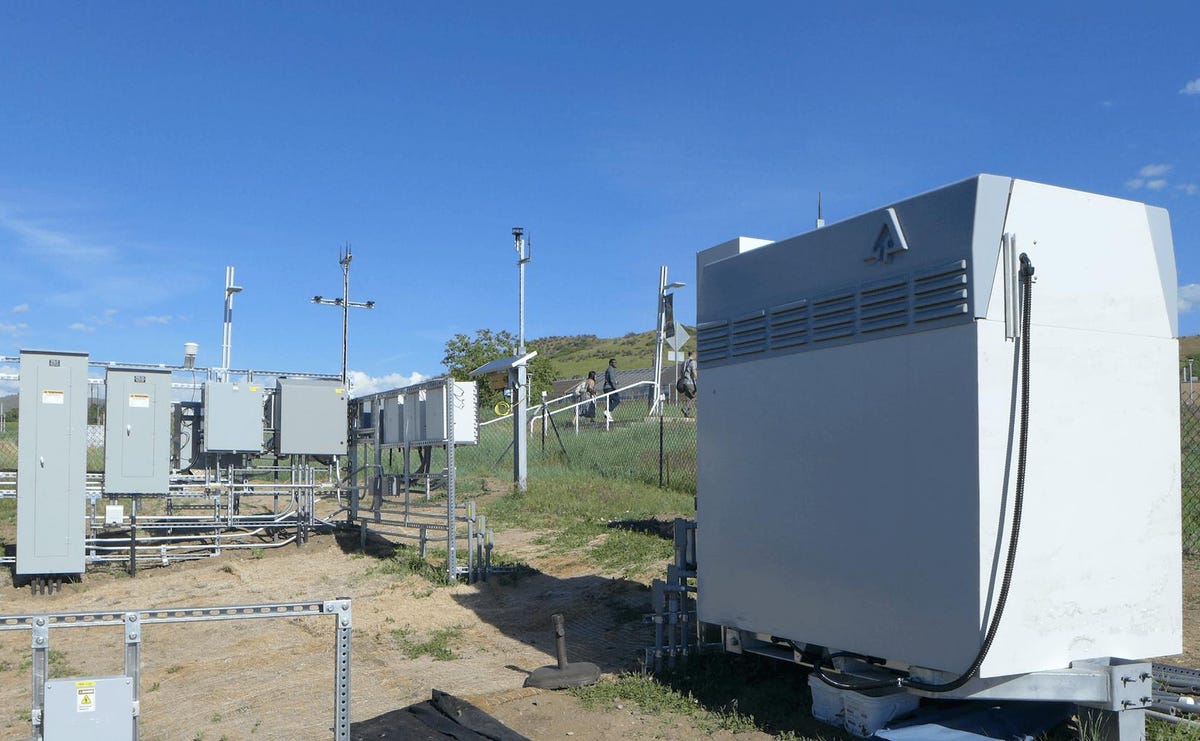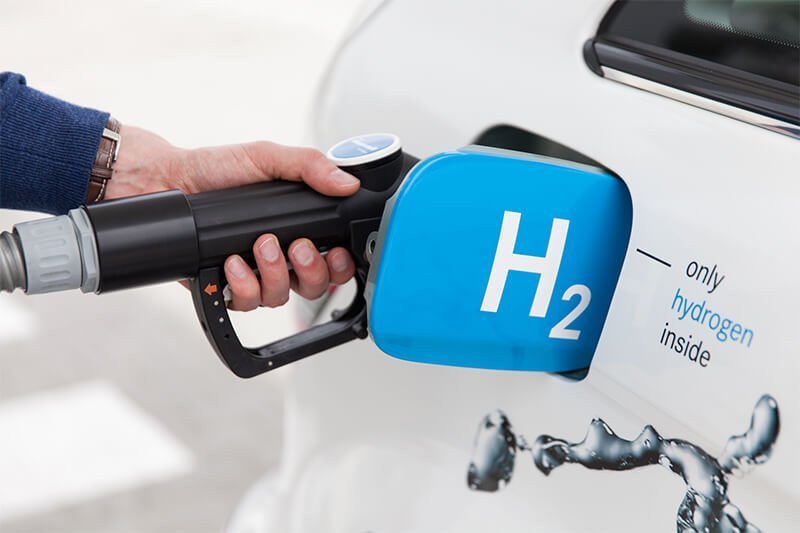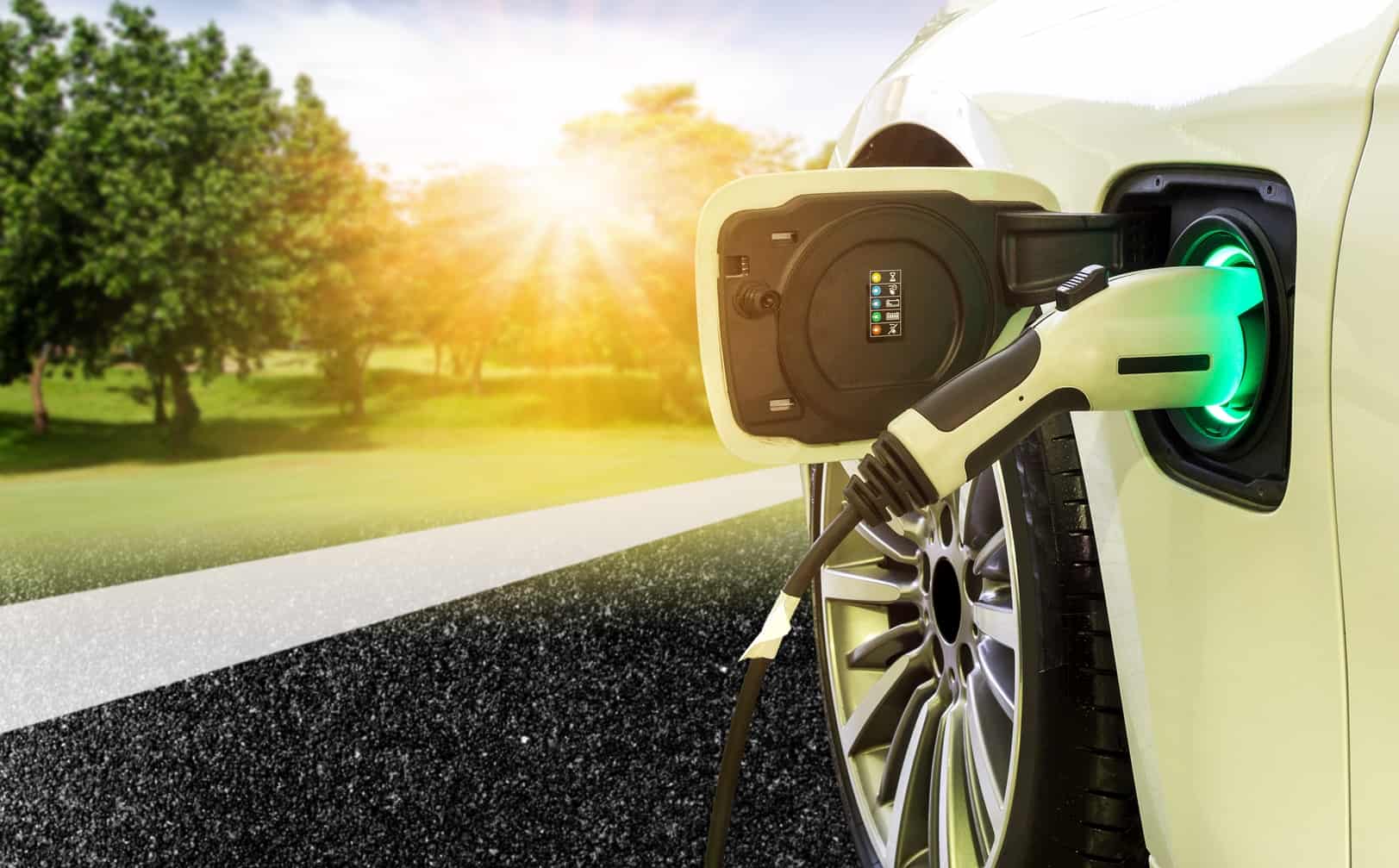Automotive Electronics Industry Trends and Outlook - Pukka Partners
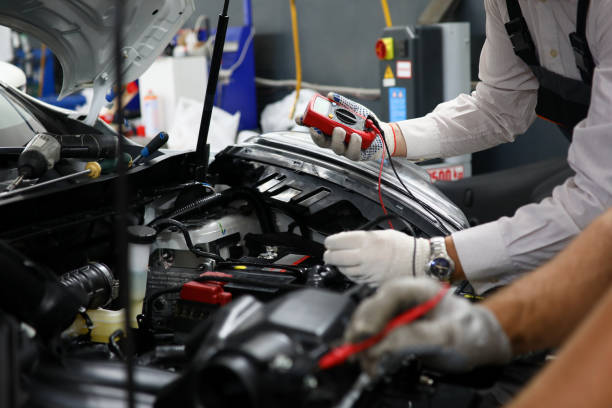
The market for auto electronics has risen fast as the auto industry evolves toward lightweight, miniaturization, intelligence, and electrification. Parts makers can now play a bigger role in technical innovation than OEMs in a number of areas thanks to their greater specialization. Advanced Driving Assistant System (ADAS), connected vehicles, and electric energy are the major revolutionary technologies in the automotive electronics segments, with tremendous growth potentials and a significant impact on the automotive industry chain.
Manufacturers have been pushed by consumer demand and competitive pressure to include more intelligence into autos, trucks, and other highway vehicles. The Chevy Volt, for example, has roughly 100 microprocessors that execute around 10 million lines of code in total, putting it ahead of the Boeing 787 Dreamliner, the first space shuttle, and the current generation of jet fighters in terms of software content. In the same way that electric cars relied on more complex electronic systems, mainstream automotive design is progressively relying on more advanced electronic systems. Manufacturers can mix and match automobile subsystems inside a standards-based framework like AUTOSAR (AUTomotive Open System ARchitecture) to reach certain levels of cost, performance, and functionality.
Advanced Driver Assistance System (ADAS)
ADAS is a driver assistance system that uses embedded visual technology to lessen the driver's burden while driving. Vision systems surround the vehicle in this design, with the goal of enclosing it in a protective bubble against driver error, road barriers, other vehicles, and pedestrians. These systems use their visual processing skills to send recognition and tracking data to onboard safety systems for lane departure warning, collision avoidance, driver drowsiness detection, and a variety of other safety features.
Embedded vision systems capable of real-time tracking and identification have typically necessitated a high level of expertise in image acquisition and processing techniques. A plethora of resources are now available to aid in the creation of these complicated vision systems. Every engineer now has powerful vision capabilities thanks to the combination of dedicated vision processors, multicore CPUs, and vision software libraries. In reality, development kits like Avnet's Blackfin Embedded Vision Starter Kit have significantly reduced the barriers to entry into vision-based systems by providing a complete set of hardware, software, and testing capabilities.
Advanced Motor Control
An advanced vehicle has dedicated motor-control systems controlling pumps, fans, compressors, rotators, actuators, and servomechanisms of all types in addition to its primary drive motor. In most situations, the quest for maximum performance and efficiency has prompted engineers to shift away from classic scalar control systems and toward advanced digital vector control algorithms capable of supplying full torque together with accurate acceleration and deceleration rates. The advent of sensorless control methods has paved the way for more cost-effective solutions, allowing engineers to harness the power of modern vector control methods to achieve maximum motor capacity.
Engine/Energy Management Systems
The need for greater range and lower fuel costs has increased the relevance of a vehicle's miles-per-gallon ratings in car sales, as well as sparked a push for more efficient digital engine management systems. Management systems provide a level of energy monitoring, analysis, and control needed to optimise fuel or battery energy use, in addition to providing a safety-critical supervisory function for batteries in electric and hybrid cars.
While the dispersion of control systems across a vehicle is a trend in motor control, engine management attempts to integrate data from the periphery into a central controller. As a result, these management systems must combine real-time sensor data from powertrain performance with complex models of fuel or energy cell utilization in order to improve overall operations.
Graphical Interfaces
Consumer demand for improved information and entertainment systems continues to drive automotive equipment makers. Touchscreen display consoles are now incorporated into the dash, armrest, seatbacks, and even rearview mirrors in a wide range of vehicle classes (see New TFT LCD Technology Shapes Infotainment for Cars of the Future). Thin-film-transistor (TFT) LCDs are at the heart of these solutions, providing the needed combination of resolution, contrast, and screen size. Manufacturers are giving vehicle passengers with "smartphone-like" graphical interfaces to the vehicle's infotainment and control system using touch features of in-vehicle displays, even promising similar third-party app stores for a greater range of in-vehicle services. Semiconductor manufacturers have responded to the increased popularity of LCDs by providing highly integrated display control solutions.
Vehicle System of Systems in the Internet of Things (IoT)
Few system applications will acquire the level of processing horsepower and interactive computing capacity seen in a premium class automobile due to the enormous complexity and safety demands connected with transportation. Perhaps no application will provide a greater potential for interconnectivity than smart automobiles, trucks, and other vehicles, which will be linked into an Internet of Things capable of optimizing vehicle performance and occupant experience beyond the confines of the passenger compartment when combined with the explosive acceptance of social networking.
This trend, like the others mentioned above, takes advantage of IC manufacturers' ability to combine enhanced functionality into lower-power microprocessors. In this situation, wireless connectivity can be used to connect the car to external entities such as external networks, traffic control systems, or even other vehicles, in addition to simplifying communications between subsystems within the vehicle. Interconnected vehicles and their crowd-sourced data, like the IoT vision for home and business, provide untapped potential for services like predictive maintenance, performance trends, traffic management, and, perhaps most importantly, increased safety and emergency response capabilities.
Conclusion
The companies must invest heavily in integrating cutting-edge hardware and software technologies if these trends are to become a disruptive force in the automotive sector. The ideal combination of these factors would provide the necessary momentum and dependability to propel the cars of the future, which would be significantly smarter than today's vehicles. Furthermore, AI and telematics have enormous promise in the coming years, and machine learning innovation will undoubtedly drive the expansion of the automotive electronics business.


